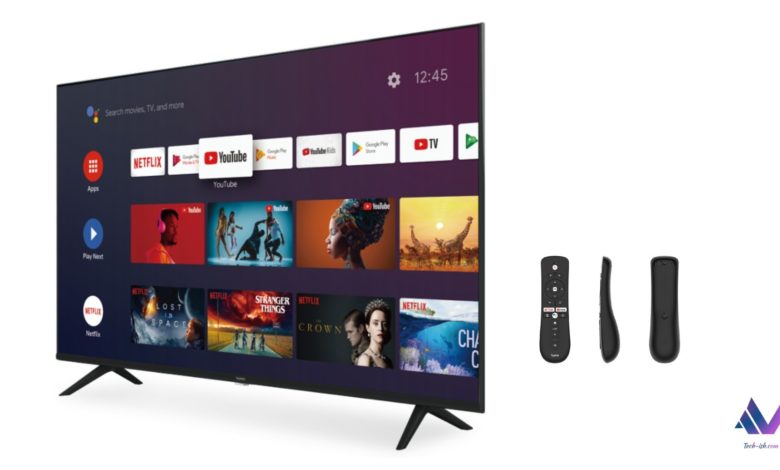
Kenya is weirdly skilled at two things at once: we’re search-happy and we also still suffer from painfully slow fixed internet. Put those two facts together and you get the latest take from the Digital 2025 July Global Statshot: Kenyans are buying smart TVs, but many aren’t connecting them to the internet.
The stats don’t lie
According to the report:
- 39.0% of Kenyan internet users aged 16+ own a smart TV. That’s higher than Ghana (32.6%), Morocco (32.4%) and Nigeria (29.5%), though still well below South Africa’s 55.3%.
- But only 23.8% of Kenyans actually use their TVs to access internet content each month.
Translation? We’re buying smart devices, but many of them end up as glorified flat screens hooked to decoders.

Most Kenyans own smart TVs… but don’t really use them smartly
According to the report, 39.0% of Kenyan internet users aged 16+ own a smart TV. That might sound modest compared to Brazil (a whopping 74.8%) or even Italy and Norway (both around 69%), but for Africa, it’s actually not bad. Kenya is ahead of Ghana (32.6%), Morocco (32.4%) and Nigeria (29.5%), though still some way behind South Africa (55.3%).
But owning a smart TV and actually using it smartly are two very different things. The same dataset shows that only 23.8% of Kenyan internet users access digital content via their television each month. Yes, you read that right. Nearly 4 in 10 people own a smart TV, but fewer than 1 in 4 are using it for what it’s actually designed to do.

It’s like buying a Ferrari and only using it for school drop-offs in the estate.
Why are Kenyans leaving their smart TVs “dumb”?
There are a few reasons. The most obvious culprit? Our terrible home internet situation. With Safaricom, Zuku, Faiba, and Poa still dishing out sluggish or unreliable connections, some capped at laughable speeds, it’s no wonder people simply plug in a decoder and stick to traditional viewing.
Streaming Netflix in 4K or catching up with YouTube on the big screen feels like a luxury reserved for those lucky enough to live in the handful of estates with decent fibre. And when mobile data is your backup, trust me, no one’s burning through bundles to stream movies on a TV.
Another angle: habits. Many Kenyans are glued to their phones when it comes to digital content. TikTok, YouTube, even Netflix are all easier to consume on a device that fits in your palm and works fine on data bundles. The TV becomes background noise at best, or the family’s soccer screen at worst.
Across the continent, the situation isn’t much different. Nigeria clocks in at just 7.8% of users actually connecting their TVs, Ghana is at a mere 1.8%, while Morocco manages 8.7%. Kenya’s 23.8% suddenly doesn’t look so bad in that context.
The real outlier is South Africa, where connected TV use is far higher, 40.2% of internet users stream on their TVs each month. Stronger broadband infrastructure and a culture of home entertainment make all the difference.

So yes, the “smart TV paradox” isn’t unique to Kenya, but it does sting a little knowing that we’re leaving so much potential on the table.
Connected TVs aren’t just about Netflix binges or catching the latest music videos in 4K. They’re also an advertising goldmine. The report notes that in markets like the US, YouTube reaches nearly all of its users through connected TVs, with older audiences (the same people who traditionally didn’t “get” digital) now making up a huge chunk of that viewership.
Kenya isn’t there yet, but the opportunity is staring us in the face. If ISPs got serious about speeds, if bundles were friendlier to home streaming, and if households embraced their TVs for more than just decoders, connected screens could be a big piece of the country’s digital evolution.
Until then, many Kenyan smart TVs will remain glorified flat screens that are smart only by name.







